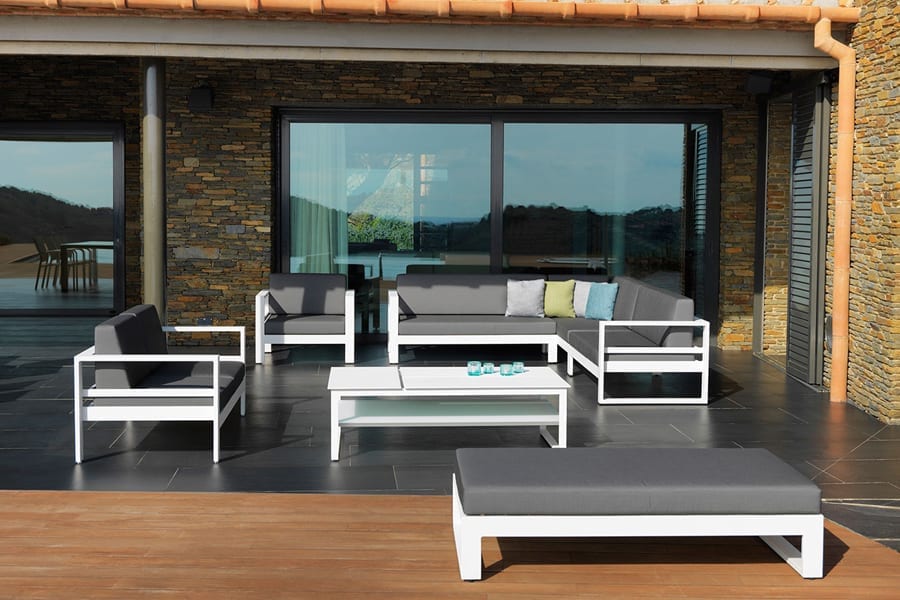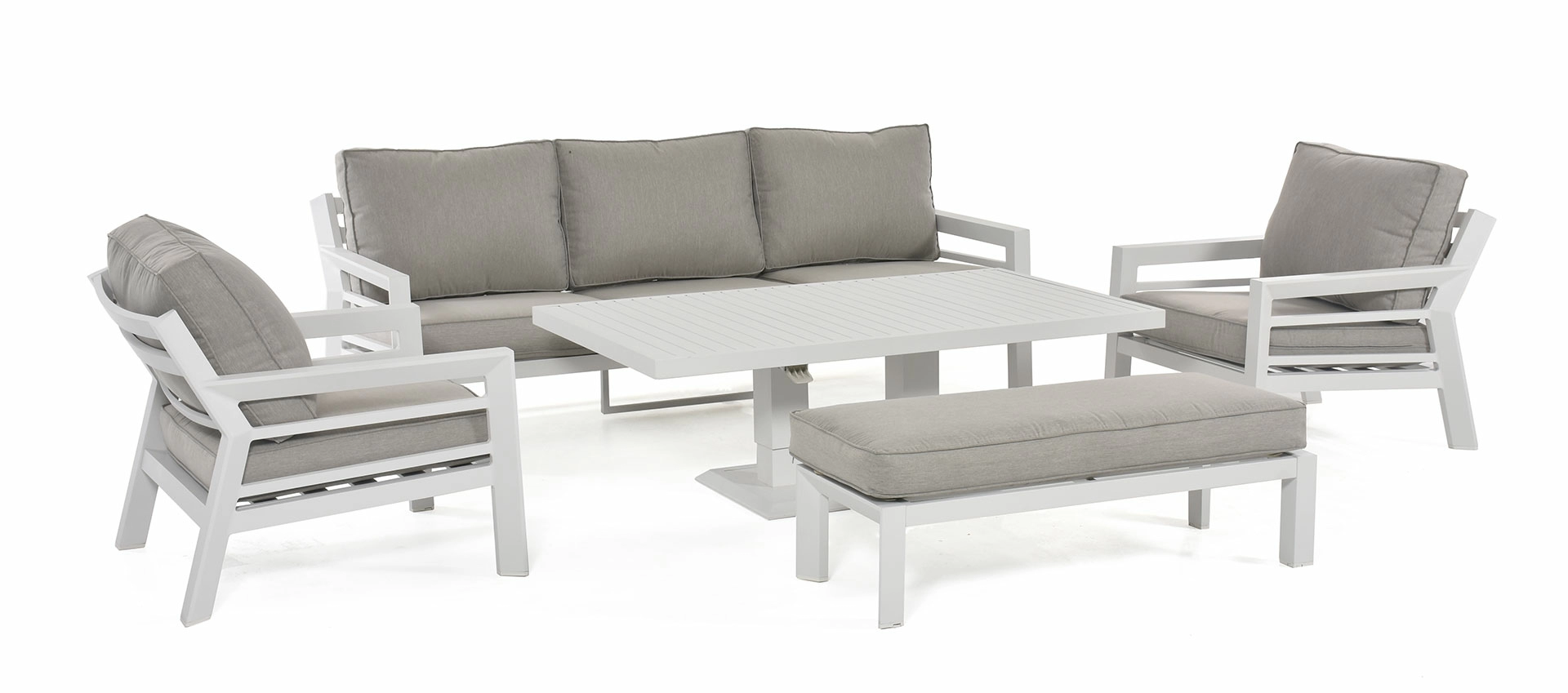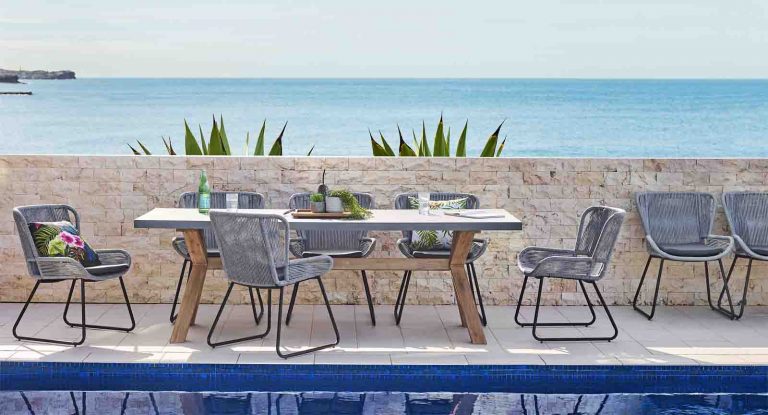Product Description
New Design Injection Plastic Furniture Garden Bar Chair Mould.
We are offers customized plastic injection moulds according to customers’ requests . Mainly including household mould, housewares mould, commodity mould, plastic furniture mould, chair mould, table mould, stool mould, crate mould, dustbin mould, pallet mould, flowerpot mould, laundry basket mould, painting bucket mould, drawer mould, basket mould, baby toys mould, trash can mould, basin mould, bucket mould, spoon mould, knife mould, fork mould, disposable box mould, thinwall box mould, cap mould etc.
Product Description
Injection plastic steel aluminum chair mould, plastic steel aluminum chair mold, plastic injection steel aluminum chair mould making, plastic injection steel aluminum chair moulding, plastic injection steel aluminum chair molding, Injection plastic steel aluminum chair mold, plastic steel aluminum chair mould, plastic steel aluminum chair molds, Injection plastic steel aluminum chair molds,we made many plastic chair molds, such as home furniture chair mould, living room chair mold, hotel furniture mould, office furniture mould, adult chair mould, full chair mould, outdoor chair mould, armless chair mould, baby kids chair mould. How to make plastic chair? How to injection plastic steel aluminum chair molds ?
Advantages of our steel aluminum chair moulds:
1: Specializing in the production of molds for adult arm chairs, children’s chairs, steel pipe chairs, and armless chairs.
2: High quality plastic chair mold with competitive price.
3: We have experienced chair mold designers and skilled mold engineers.
4: Use excellent processing equipment.
5: Good mold stability and long mold life.
6: Short cycle times for chair mold production.
In the mold design of the plastic chair:
1: We will fully analyze the chair according to the principles of injection molding (such as deformation, shrinkage, etc.).
2: We will have serious and effective communication with mold buyers, including details such as weight, style design, size and appearance, stability and wear resistance of plastic chairs.
3: We will refer to the previous chair injection mold design experience to improve the mold design.
| Injection Mould Name | Plastic steel aluminum chair mould | ||||||||
| Mould Core and Cavity Metal | P20 | ||||||||
| Metal Hardness | HRC 28-32 | ||||||||
| Mould Base | Self-Made LKM DME | ||||||||
| Mould Runner | Cold Runner&Hot Runner | ||||||||
| Runner Brand | Yudo and Local Brand | ||||||||
| Cavity Number | 1 Cavity | ||||||||
| Cycle Time | 70 Seconds | ||||||||
| Tooling Lead Time | 60 Days | ||||||||
| Mould Life | 50-500 million shots/5-6years,even in 10 years in good maintenance | ||||||||
| Mould Precision | +/-0.01mm | ||||||||
| Gate Type | Pin Point Gate,Edge Gate,Sub Gate,Valve Gate,etc | ||||||||
| Mould Surface Treatment | EDM ,Texture,Mirror Polishing | ||||||||
| Mold Cooling System | Water Cooling,Beryllium Bronze Cooling ,etc | ||||||||
| Mould Hot Treatment | Quencher Nitridation ,Tempering,etc | ||||||||
| Our Advantage | Free Product 3D Design and Mould Structure Design | ||||||||
| Strict Quality Control | |||||||||
| Reasonable Price&Good After-Sales Service | |||||||||
| On Time Delivery | |||||||||
| Free Parts | |||||||||
| The main mold steel and hardness for your reference: | |||||||||
| Steel Grade | S50c | P20 | P20H | 718h | Nak80 | 2738H | H13 | 2344 | S136 |
| Hardness (HRC) | 17-22 | 28-32 | 33-37 | 33-38 | 34-40 | 36-40 | 48-50 | 48-52 | 48-52 |
Other Moulds
View more plastic injection moulds,you can click pictures.
Company Profile
Why choose us
Production processing
How to do Injection mould/mold order processing :
1 Design: according to plastic samples/ 3d drawing,it is free .
2 Discussion: mould metal,cavity number,runner,payment method.
3 Design mould: we will send drawing to you, you can check and confirm.
4 Mould machine tooling: we will send machine working photos every week.
5 Mould testing: we will send mould testing video and samples to you.
6 Shipping : after confirm samples,we will shipping molds.
FAQ
PRC Mould always think more for clients , it is about saving time and money.
We are looking CHINAMFG to working with you.
We provide good after-sales service, your satisfaction is our goal.
We are not the biggest, but we are responsible and care about every mould quality for long-term business.
Let us win to win together.
Welcome to send us mould inquiry.
| Warranty: | 5 Years |
|---|---|
| Shaping Mode: | Injection Mould |
| Surface Finish Process: | Polishing |
| Mould Cavity: | Single Cavity |
| Plastic Material: | HDPE |
| Process Combination Type: | Single-Process Mode |
| Samples: |
US$ 10/Piece
1 Piece(Min.Order) | |
|---|
| Customization: |
Available
|
|
|---|

How do I prevent mold and mildew from developing on garden furniture cushions?
Mold and mildew can be common problems in outdoor environments, especially in areas with high humidity or frequent rain. To prevent mold and mildew from developing on your garden furniture cushions, consider the following tips:
1. Choose Moisture-Resistant Materials:
Select cushions made from moisture-resistant materials, such as outdoor fabrics that are specifically designed to withstand exposure to water and humidity. Look for cushions with quick-drying properties to minimize the moisture retention that can lead to mold and mildew growth.
2. Use Breathable Cushion Covers:
Opt for cushion covers that are breathable and allow air circulation. Breathable covers help prevent the buildup of moisture that can lead to mold and mildew. Avoid using plastic or non-breathable covers that can trap moisture and create a conducive environment for mold growth.
3. Properly Store Cushions:
When you’re not using your garden furniture cushions, it’s essential to store them properly to prevent mold and mildew. Ensure the cushions are completely dry before storing them. If they are damp, mold can develop during storage. Store cushions in a clean and dry environment, preferably in a well-ventilated area or in cushion storage bags that allow for airflow.
4. Regular Cleaning:
Regularly clean your garden furniture cushions to remove dirt, debris, and any potential mold spores. Follow the manufacturer’s instructions for cleaning the cushions. In most cases, you can spot clean with a mild soap and water solution. Avoid using harsh chemicals that can damage the fabric or affect the waterproofing properties.
5. Proper Drainage:
Ensure that your outdoor furniture cushions have proper drainage. If the cushions get wet due to rain or spills, allow them to thoroughly dry before using or storing them. Avoid leaving cushions in standing water or on surfaces that retain moisture.
6. Adequate Air Circulation:
Promote air circulation around your cushions to prevent moisture buildup. Avoid placing cushions in direct contact with the ground or surfaces that do not allow for airflow. Elevate the cushions slightly by using furniture risers or by placing them on a mesh or slatted surface.
7. Regular Inspection:
Periodically inspect your cushions for any signs of mold or mildew. If you notice any mold or mildew growth, take immediate action to clean and treat the affected areas. Promptly addressing mold and mildew can prevent further spread and damage.
8. Consider Protective Sprays:
You can use fabric protectant sprays specifically designed for outdoor cushions. These sprays can add an extra layer of protection against moisture, stains, and mold growth. Follow the manufacturer’s instructions for application.
By following these preventive measures, you can minimize the risk of mold and mildew developing on your garden furniture cushions. Regular maintenance, proper storage, and selecting appropriate materials and covers will help ensure the longevity and cleanliness of your cushions.

How do I prevent garden furniture from sinking into soft ground or soil?
If you have garden furniture that tends to sink into soft ground or soil, there are several methods you can use to prevent this from happening. Here are some effective ways to keep your garden furniture stable on soft ground:
1. Use Furniture Foot Pads:
One simple solution is to attach foot pads or glides to the bottom of the furniture legs. These pads distribute the weight over a larger surface area, reducing the likelihood of sinking. There are various types of foot pads available, including rubber, plastic, or metal options. Make sure to choose foot pads that are suitable for outdoor use and can withstand moisture and uneven terrain.
2. Install Furniture Leg Bases:
Another option is to install leg bases or platforms underneath the furniture legs. These bases provide a wider surface area for the legs to rest on, reducing the risk of sinking. Leg bases can be made from materials such as plastic, wood, or metal. Ensure that the bases are securely attached to the furniture legs to provide stability.
3. Use Furniture Anchors:
Furniture anchors are devices designed to secure outdoor furniture to the ground. They are particularly useful for larger or heavier furniture pieces. Anchors typically consist of stakes or screws that are driven into the ground and attached to the furniture frame or legs using straps or cables. These anchors help prevent furniture from tipping over or sinking into soft ground.
4. Place a Solid Base:
If you have a specific area in your garden where you frequently place your furniture, consider creating a solid base for it. This can be done by installing a patio or deck made from materials like concrete, stone, or wood. A solid base provides a stable and level surface for your furniture, preventing sinking or tilting. Additionally, it offers a defined seating area and enhances the overall aesthetics of your outdoor space.
5. Use Furniture Pavers or Tiles:
Another option is to place furniture pavers or tiles underneath the furniture legs. These flat and stable surfaces help distribute the weight and prevent sinking. Pavers or tiles made from materials like concrete, stone, or rubber can be placed directly on the ground or on a layer of gravel or sand for added stability.
6. Regularly Inspect and Adjust:
It’s important to regularly inspect your garden furniture and adjust its position as needed. Over time, the ground may shift or become softer due to weather conditions. By monitoring the stability of your furniture and making necessary adjustments, you can prevent sinking and ensure its longevity.
Implementing these preventive measures will help keep your garden furniture stable and secure, even on soft ground or soil. Choose the method that best suits your furniture and the specific conditions of your outdoor space.

How can I protect my garden furniture from the elements during the winter?
Protecting your garden furniture from the harsh winter elements is essential to prolong its lifespan and keep it in good condition. Here are several steps you can take to protect your furniture:
1. Clean and Dry:
Before winter arrives, thoroughly clean your garden furniture to remove any dirt, leaves, or debris. Allow it to dry completely to prevent the growth of mold or mildew during storage.
2. Store Indoors:
If possible, store your garden furniture indoors during the winter months. A garage, shed, or basement can provide protection from the elements. This is the most effective way to safeguard your furniture from extreme cold, moisture, and snow.
3. Use Furniture Covers:
If indoor storage is not possible, use weatherproof furniture covers to protect your outdoor furniture. Choose covers made from durable materials that are designed to withstand winter conditions. Ensure that the covers are secure and provide full coverage for each piece of furniture.
4. Elevate and Protect:
If you cannot store your furniture indoors and it is not practical to cover each piece, elevate the furniture off the ground to prevent contact with wet or frozen surfaces. You can use wooden pallets or furniture risers for this purpose. Additionally, consider using waterproof tarps or plastic sheets to provide temporary protection from rain or snow.
5. Remove Cushions and Upholstery:
If your furniture has removable cushions or upholstery, it’s advisable to store them indoors during the winter. This will prevent them from becoming damp, stained, or damaged by freezing temperatures. Clean and dry the cushions before storing them to maintain their condition.
6. Apply Protective Coatings:
Before winter sets in, consider applying protective coatings to your wooden or metal furniture. For wooden furniture, use an outdoor furniture oil or sealant to protect it from moisture and prevent cracking or warping. Metal furniture can benefit from a coat of rust-resistant paint or a protective spray.
7. Regular Maintenance:
Throughout the winter, periodically check on your stored or covered furniture and ensure that the covers are in good condition. Remove any accumulated snow or debris to prevent damage. If necessary, reapply protective coatings or make repairs to maintain the furniture’s integrity.
By following these steps, you can effectively protect your garden furniture from the winter elements and ensure its longevity. Remember, proper storage, covers, and maintenance are key to keeping your furniture in excellent condition for many seasons to come.
editor by CX 2023-11-03